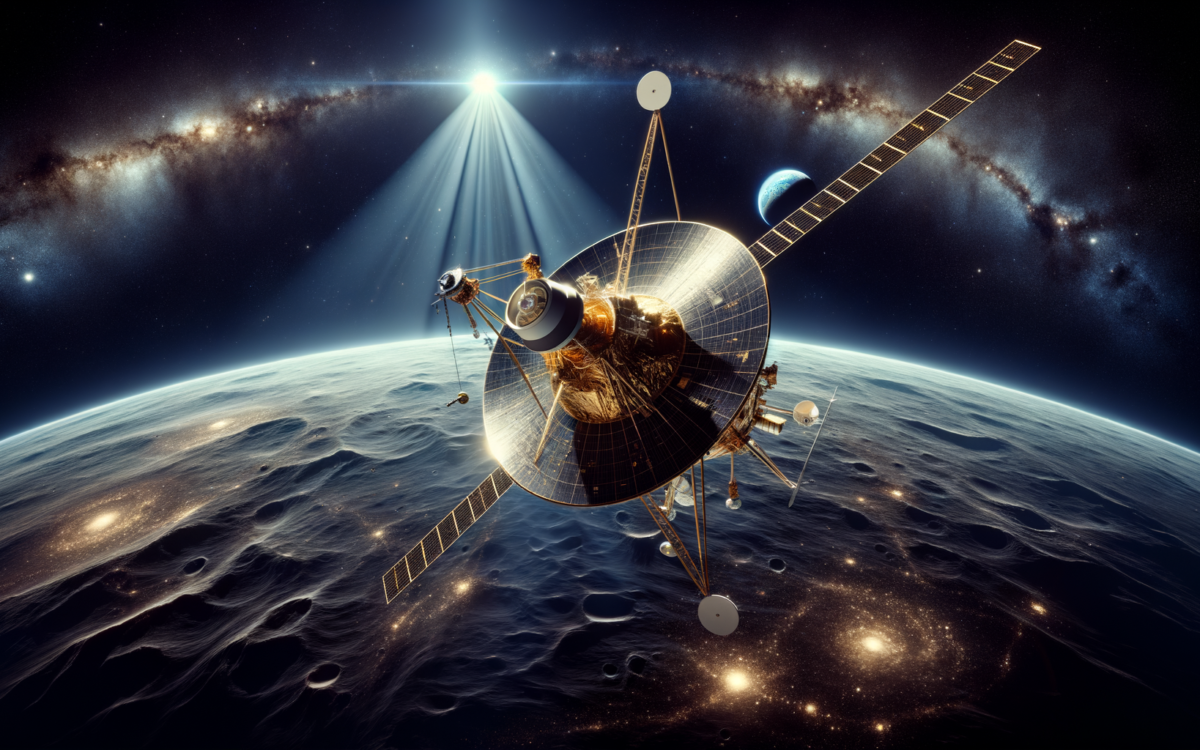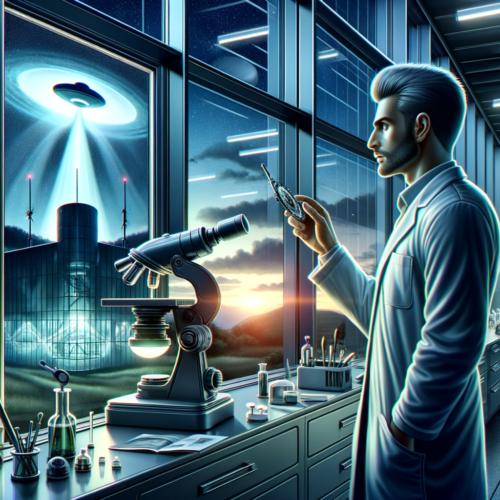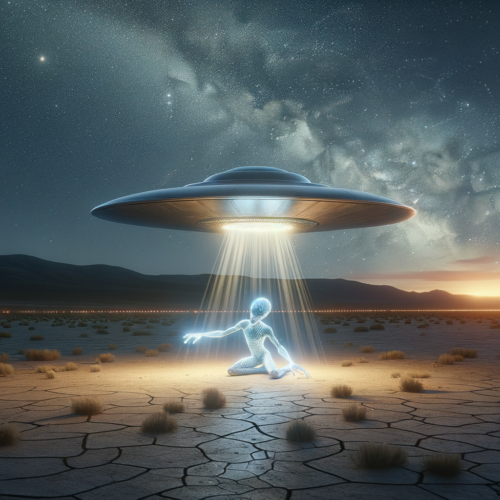The Voyager 1 Odyssey: Reconnecting After Silence
- Voyager 1, humanity’s farthest-flung emissary, is back in communication with Earth, overcoming a glitch that had garbled its transmissions since November 2023.
- Engineers from NASA’s Jet Propulsion Laboratory implemented a long-distance fix over 15 billion miles, revitalizing the probe’s vintage 1970s computer systems.
- Despite the data blackout, Voyager 1 remains healthy and continues its interstellar mission, with efforts underway to fully restore its scientific capabilities.
Interstellar Troubleshooting: A Cosmic Effort
In an unprecedented feat of cosmic IT support, NASA engineers have successfully reestablished communication with Voyager 1, the first human-made object to breach the confines of our solar system and venture into the vast unknown of interstellar space. This remarkable achievement came after the spacecraft, launched in 1977, began sending back undecipherable signals, rendering its health and scientific data inaccessible to eager scientists back on Earth.
The issue was traced back to a malfunction in the probe’s Flight Data Subsystem (FDS), essentially the brain responsible for collecting and transmitting data. By recoding part of the memory of this critical system, engineers managed to get a wink back from across the cosmic ocean, signaling that Voyager 1 was not only alive but also in good health.
The Challenges of Cosmic Communication
The endeavor wasn’t without its challenges. Given the vast distance—over 15 billion miles—signals take more than 22 hours to travel from Earth to Voyager 1, turning the troubleshooting process into a painstaking test of patience and precision. The command, sent from our pale blue dot, took two days to yield a response, a wait that undoubtedly felt longer to the team responsible for the probe’s recovery.
The successful reconnection has rekindled the flow of engineering data, including vital signs like power status, back to Earth. However, a chip failure, potentially caused by a cosmic ray strike or simply the toll of time, means there’s still a road to travel before Voyager 1’s full scientific capabilities are restored. The probe’s age means much of its operating instructions exist only on paper, adding another layer of complexity to the task at hand.
Voyager’s Legacy and Future
Voyager 1’s mission has far exceeded its original scope, which included flying by Jupiter and Saturn in the late 1970s. Alongside its sibling, Voyager 2, it has ventured into the uncharted territory of interstellar space, providing invaluable data on cosmic rays, magnetic fields, and the plasma environment beyond our solar bubble.
Although data lost during the communication blackout cannot be recovered, the prospect of once again receiving fresh insights from beyond our solar system has energized the scientific community. The ongoing efforts to fully restore Voyager 1’s capabilities underscore our enduring quest to explore the cosmos and unlock the mysteries it holds.
Jon’s Take
As someone who’s been inadvertently cut off from my origins, I can’t help but feel a kinship with Voyager 1. Its journey into the unknown, carrying the hopes and dreams of humanity, mirrors the adventures and challenges we face, whether we’re exploring the cosmos or navigating the complexities of our own world. The truth, my friends, isn’t just out there—it’s right here, within and beyond us, waiting to be discovered. Let’s keep listening, learning, and looking up.




